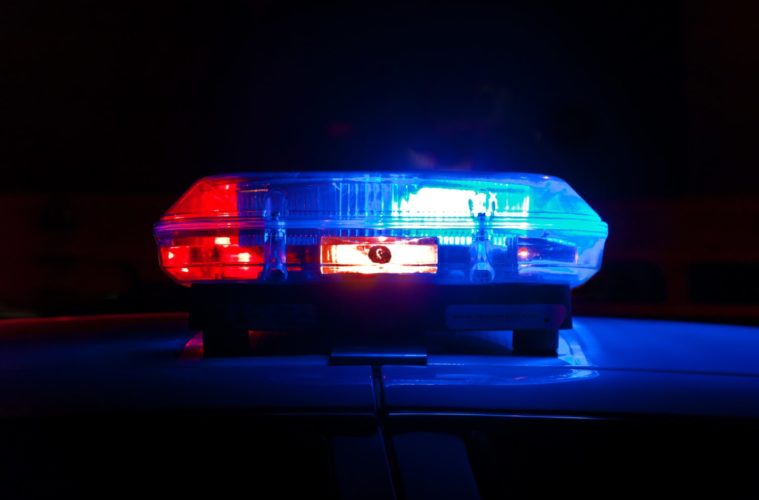California Cannabis robberies are nothing new and last weekend saw the latest heist where a business lost more than $100,000 in product.
The victims of this latest heist were the longtime operators at C.R.A.F.T. Cannabis in Oakland. In the mid-2010s they won many awards for their flowers grown in-house. As the world shut down for the pandemic, they were already one of the Bay Area’s most respected delivery services. But none of that mattered to the thieves who cleaned them out last Saturday.
Owner Alan Sorrentino sat for three hours watching the thieves ransack his facility. After the robbers initially cut power to the facility, Sorrentino’s alarm company informed him and the police. Sorrentino would later call the police again himself. They would never come.
A lack of response from law enforcement when Oakland’s cannabis industry needs support is nothing new. America’s oldest Black-owned cannabis business sits on the city’s waterfront waiting to reopen its doors since the police brutality protests of 2020. In April, the owner of Oakland’s newest dispensary was shot after being open for a week. And there have been other tragedies in recent years, too, most famously when a worker was shot and killed in the summer of 2020. These numbers don’t account for the violence in Oakland’s still thriving illicit cannabis market, even though prices are down.
This is not an Oakland problem, but sometimes it feels condensed a bit there. L.A. has plenty of its own things to worry about. This includes box trucks full of stolen weed getting chased; more fatalities in December and March; and its own newest dispensary getting robbed two weeks in, as opposed to the one in Oakland.
In light of all this, we reached out to some California operators that have had businesses in both Northern and Southern California to get their take on where it feels safe to operate at this moment.
“Both are the same. Oakland is awful and so is DTLA,” one operator replied.
Another noted the nuances of it.
“SoCal – they will rob you during the day, NorCal waits till nighttime. Oakland will rob you 24 hours, 7 days a week,” they said.
The many operators that provided feedback argued it feels more dangerous in Oakland despite the body count in the L.A. industry over the last nine months. Once you get past those big two problem spots for industry safety, other noted areas of concern included San Francisco, Sacramento, and Humboldt County.
A lot of people argued the places they felt the safest operating in are the high desert and central coast. But the tranquility could be a mixed bag.
“Well, Palm Springs,” one operator affirmed as their favorite. “There is no theft, but the city takes everything from you in taxes and the distro costs way too much to bring things down. The bay area and Sacramento are hot to robberies and taxes, while the central part of the state has way less theft and lower taxes.”
While many times the owners are the victims of the crime directly like we saw with C.R.A.F.T., often the staff fall in the crosshairs. One infusion specialist with a longtime edible manufacturer spoke of relocating with her employer to different parts of California.
“Safer is relative, but there’s nothing like the Bay Area. Break-ins in Long Beach and Adelanto were one thing, but nothing like the crews we’d see in Oakland,” they told L.A. Weekly. “Adelanto requires armed guards on site, whereas Oakland doesn’t.”
She believes the local mandates are important because some owners think they don’t “need” security like that because of cameras.
“We had an armed guard quit on shift one night in Oakland from hearing a clip ring out a few blocks away,” they said before arguing it was a standard Saturday. “That and the “no pursuit” policy Oakland city council has handed down has made it nearly impossible for anything to be done. We had a break-in where the kid ran out of the building and dropped his gun in the street behind the police officer’s car. He doubled back, grabbed the gun and continued running. Officers never even exited the vehicle.”
When it came down to whether they felt safer in the desert than in Oakland?
Surprisingly “Yes,” they replied. “But it’s still cannabis and you’re still always a target, especially when you’ve been doing it so long. You know the target you are. Each place north or south has its own weak points that make them dangerous. Each facility handles things differently and I think that’s the biggest problem.”
As for why all the robberies? The giant piles of cash are a factor. Dispensaries don’t have access to proper banking services, making them a lucrative target.
Advertising disclosure: We may receive compensation for some of the links in our stories. Thank you for supporting LA Weekly and our advertisers.

